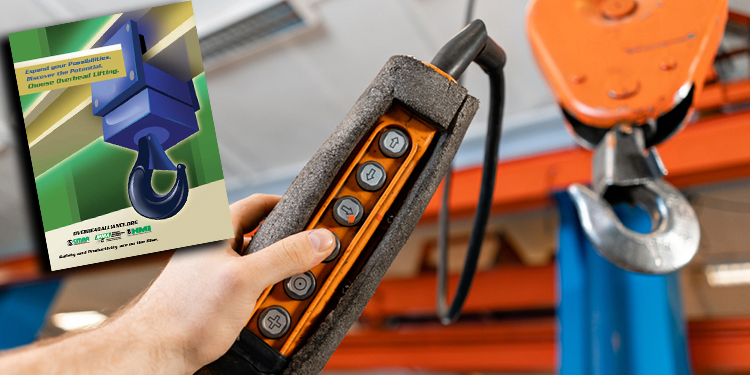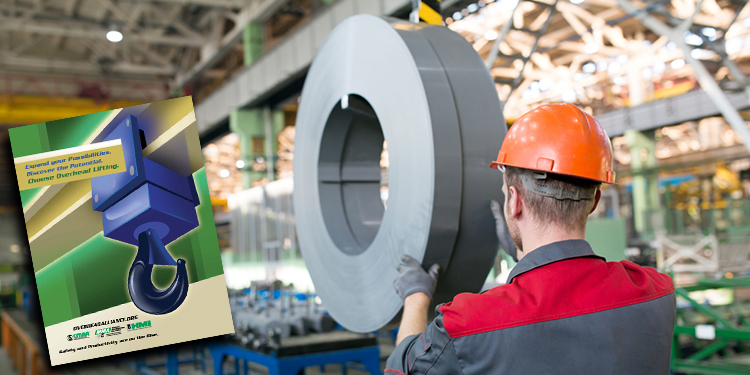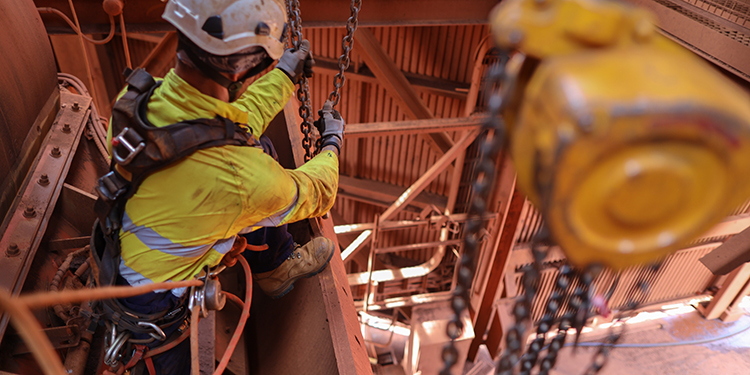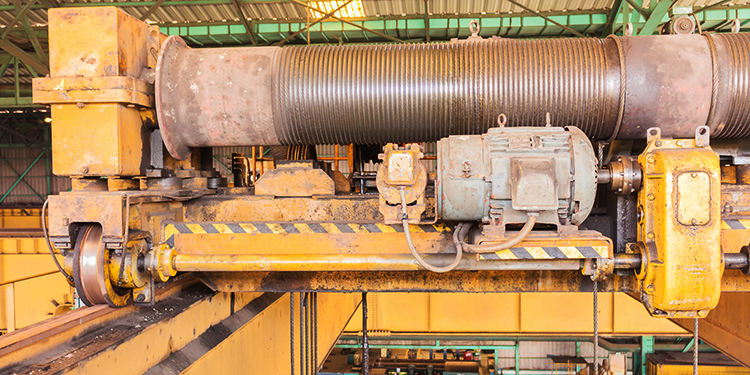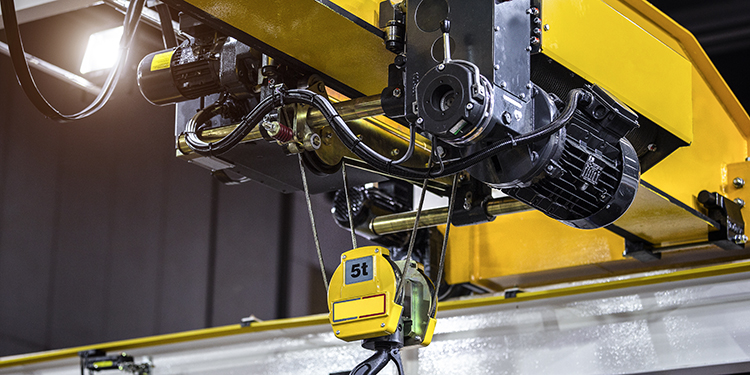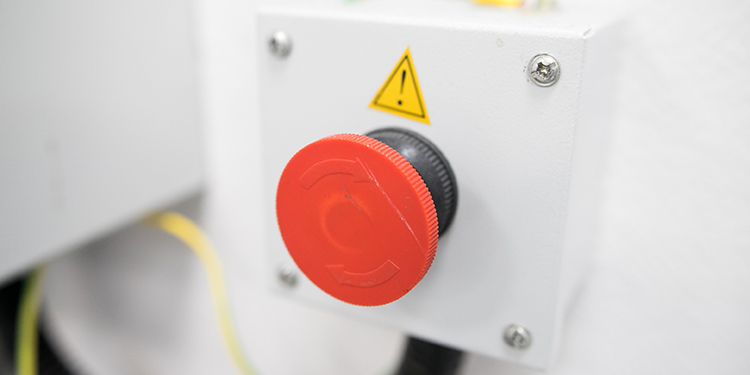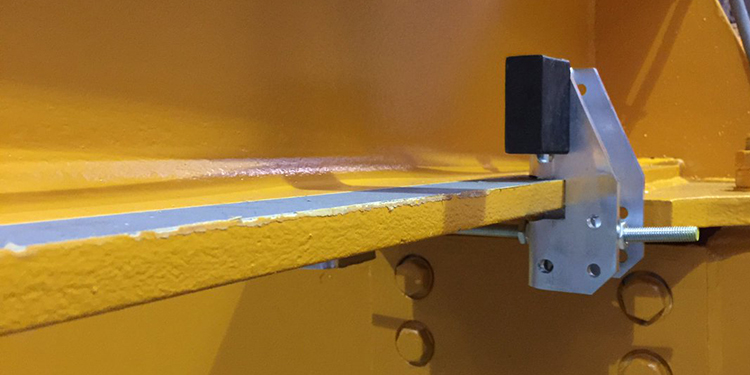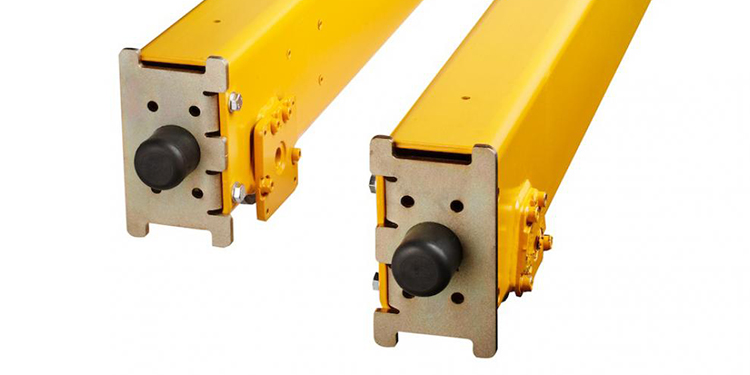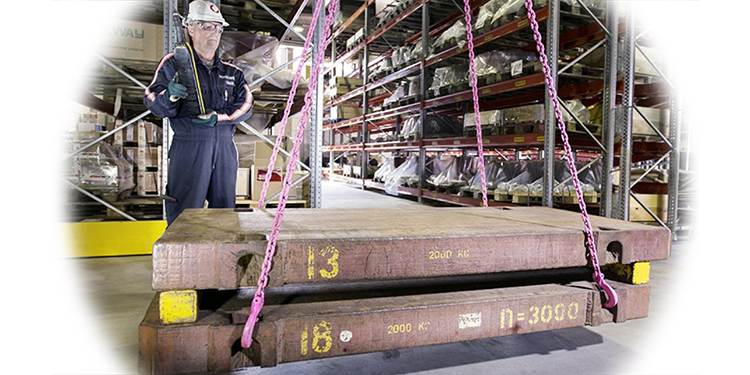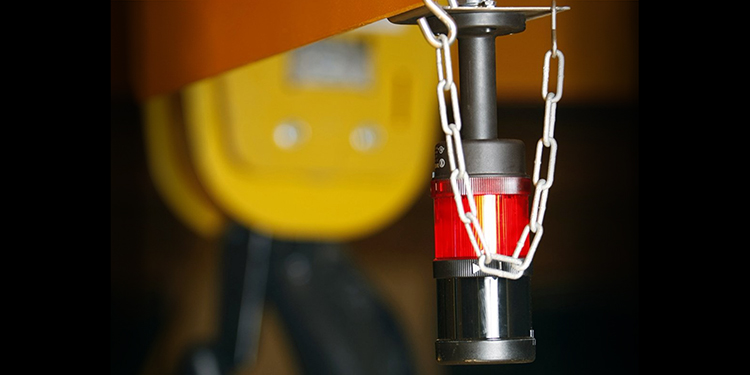Use Remote Controls For Precise Movement, Safe Distance Operation During ...
This is the second in a series of posts detailing 13 reasons why overhead lifting and handling technologies — specifically cranes, hoists, and monorails — can improve a manufacturing or distribution operation’s efficiency, productivity, safety, and sustainability. Read more in ...
Protect Your Employees With Overhead Handling Technologies
This is the first in a series of posts detailing 13 reasons why overhead lifting and handling technologies — specifically cranes, hoists, and monorails — can improve efficiency, productivity, safety, and sustainability. Read more in the free Overhead Alliance publication, ...
Protect Workers Servicing Overhead Cranes From Falls
Inspecting and servicing overhead industrial cranes requires personnel to work at heights, increasing their risk of injury or death should they fall. Likewise, any tool they may accidentally drop becomes a potential hazard to employees working on the ground beneath ...
Keep Workers Safe From Moving Parts In Overhead Lifting Systems ...
Couplings that connect different parts of components and machinery and power-driven, rotating line shafts for power transmission can be hazardous to personnel working on or in proximity to overhead handling equipment if they make contact with these moving parts. That’s ...
Proper Sizing Of Bridge And Trolley Brakes Ensures Safe Load ...
Like the brakes on a car — which slow, stop, and hold the vehicle in place as its motor continues to run — so too must an overhead crane be equipped with bridge and trolley brakes for safe load handling. ...
Requirements For Safely Cutting Off Crane And Hoist Power In ...
For safety, it is important for personnel to be able to cut the power on overhead cranes and hoists during operation—independently of the operating controls—in the event of an emergency or during a maintenance session. For that reason, an emergency ...
End Stops: Best Practices For Specifying And Using In Overhead ...
End stops mark the end of a rail in an overhead crane or monorail system. Located at the termination point of the running surface for bridge and trolley travel, these fixed devices provide a physical barrier that fully engages the ...
How Trolley And Bridge Bumpers Stop Structural Damage To Cranes, ...
Functioning much like the bumper on an automobile, trolley and bridge bumpers are devices that absorb the energy and reduce the impact when a moving crane or hoist trolley reaches the end of its permitted travel — or when two ...
Understand The Basics Of Load Test Requirements
A load test is performed to verify that a specific crane or hoist will safely perform all of its functions while supporting a test load whose weight is at least equal to the equipment’s rated capacity. Because load tests confirm ...
Alert Personnel To Overhead Crane Operation With Audible And Visual ...
Warning devices, including both audible alarms that emit an unusual sound and visual alarms that illuminate or flash repeating patterns of light, should be used on both indoor and outdoor overhead cranes whose lifting, lowering, and movement functions are powered. ...


